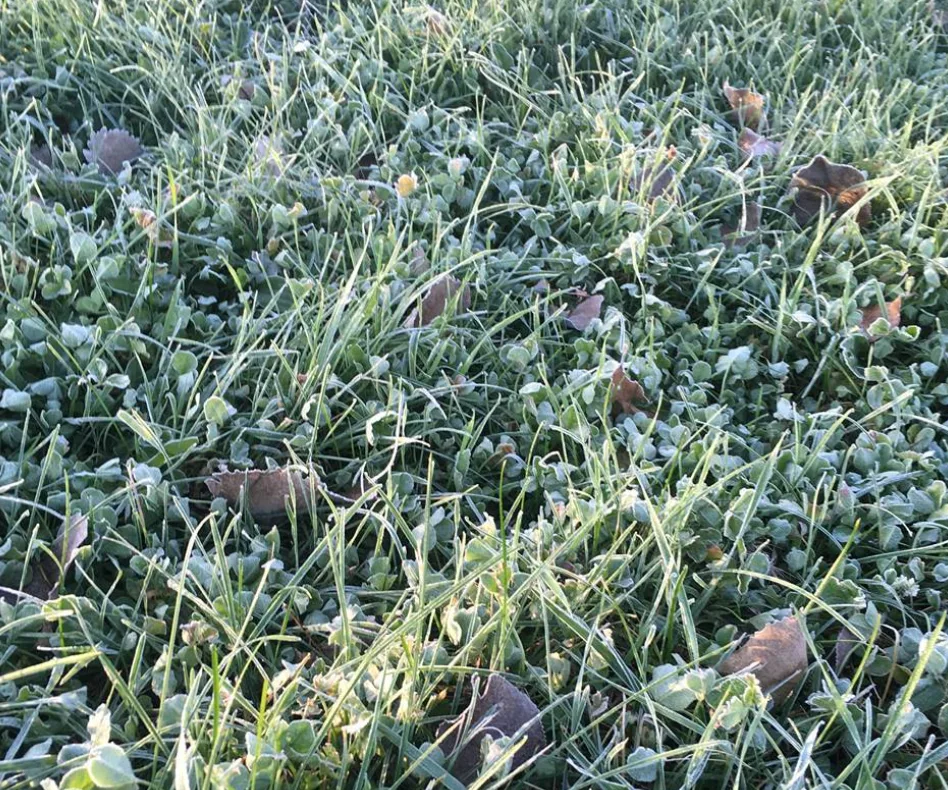As the temperatures fall, it is important for horse owners to take a look into “killing frost” and its effects on grazing horses, according to the University of Minnesota (UMN) Extension
There are many things to consider before turning the horses back out into the pasture, as a killing frost is a frost that is severe enough to end the entire growing season.
With the frost making the plants in the pasture overly sufficient in nonstructural carbohydrates, horses that eat the plants are more prone to laminitis, obesity, Cushing’s disease and Equine Metabolic Syndrome.
However, there are a couple of ways to ensure you are letting your horses graze at the right times. Some of the things to take into consideration are the color and how short or tall the plants are that are in the pasture. It is OK to allow horses to graze 7 days after a killing frost if the plants or grass are green and taller than 3 to 4 inches. However, grazing should stop when the growth is down to 3 to 4 inches.
UMN Extension suggests that the same is true for pastures that are shorter than 3 to 4 inches after a killing frost.
“The 3- to 4-inch minimum height recommendation is necessary to help maximize winter survival and can help predict a vigorous and healthy pasture come spring,” according to the UMN Extension.
With this in mind, it is up to the horse owner to ensure the pastures are safe for their horses.








